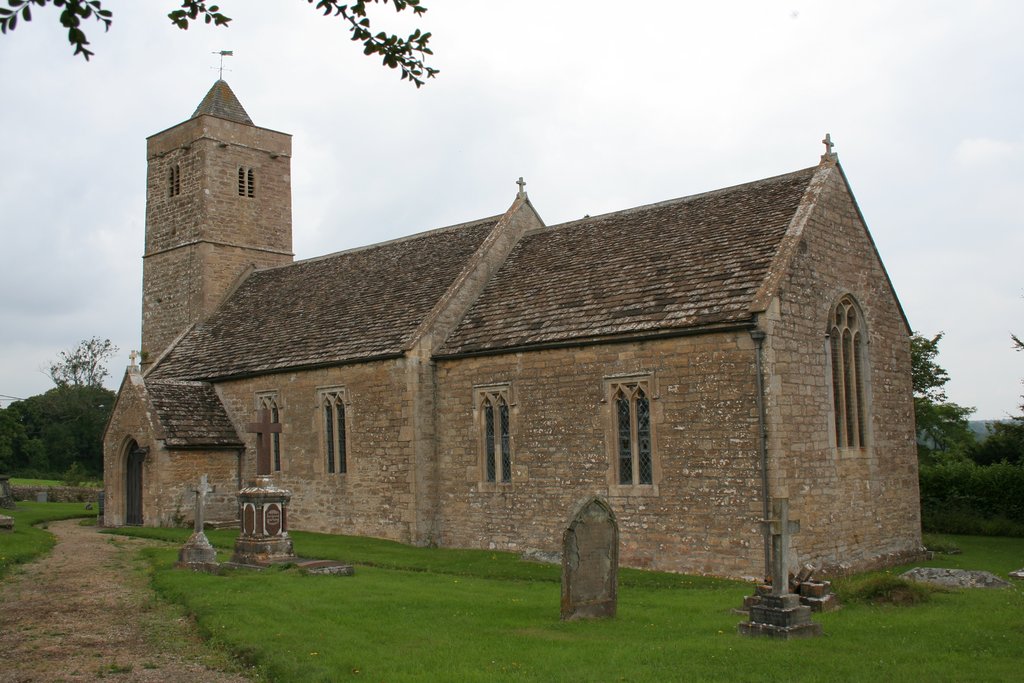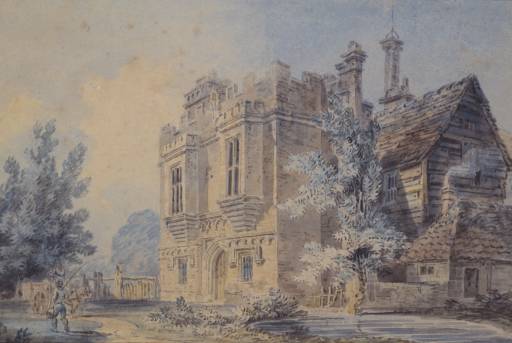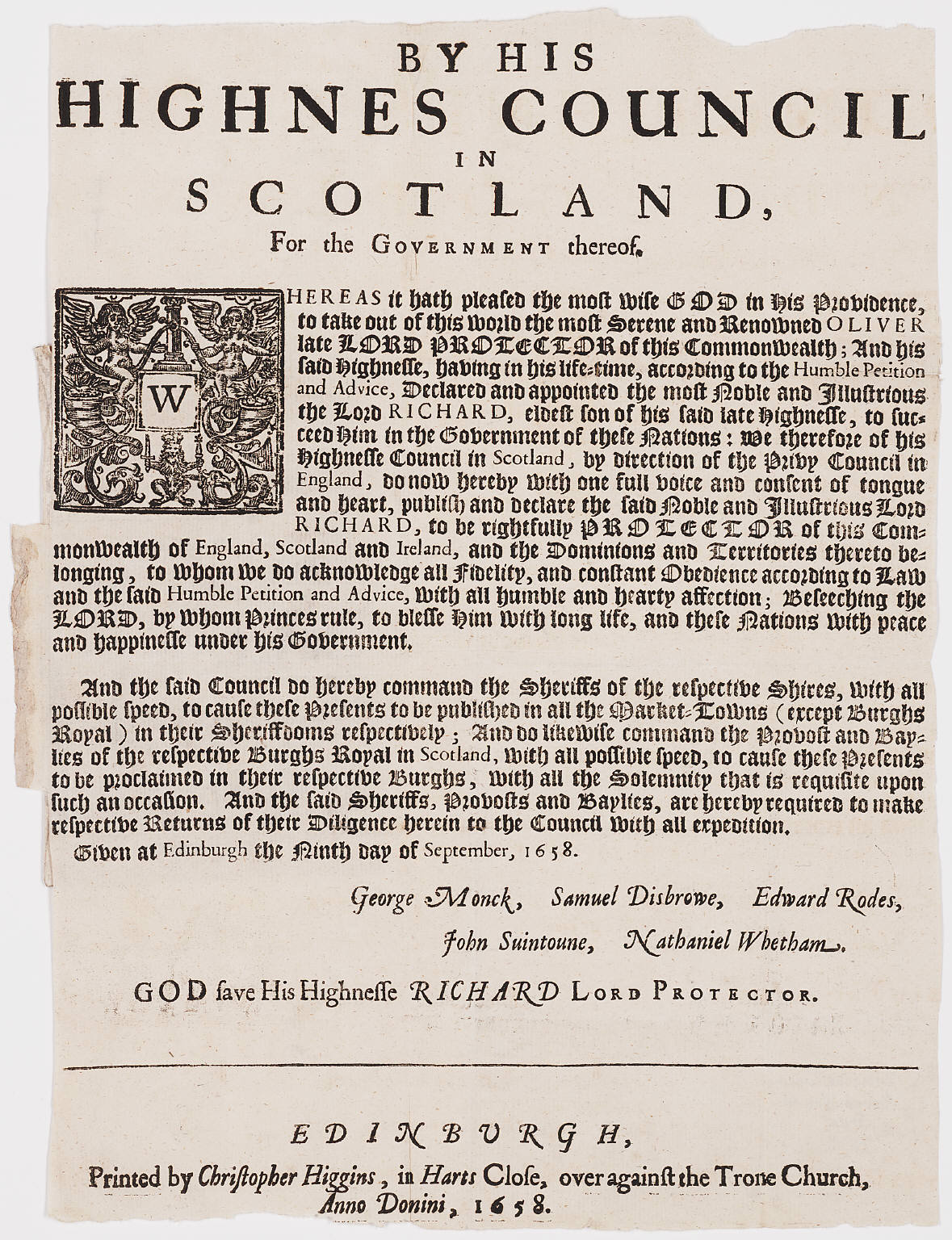|
Farleigh Hungerford
Farleigh Hungerford () is a village within the civil parish of Norton St Philip in the Mendip district, in Somerset, England, 9 miles southeast of Bath, 3½ miles west of Trowbridge on A366, between Trowbridge and Radstock in the valley of the River Frome. Within this small village are the notable ruins of Farleigh Hungerford Castle, which played a significant part in the English Civil War. Evidence has also been found of occupation during Roman times; the foundations of a villa were excavated in a field just north west of the castle in 1822. From 1985 to 2010 the village was the venue for the annual Trowbridge Village Pump Festival. History The manor was called Farleigh Montfort from just after the conquest when it was owned by a Norman family, the Montforts, until the fourteenth century. Then Reginald de Montfort sold the estate to one of Edward III’s soldiers whose family held it only for about a quarter of a century. In 1369 AD Sir Thomas de Hungerford bought the house ... [...More Info...] [...Related Items...] OR: [Wikipedia] [Google] [Baidu] |
Mendip District
Mendip is a local government district of Somerset in England. The district covers a largely rural area of with a population of approximately 112,500, ranging from the Wiltshire border in the east to part of the Somerset Levels in the west. The district takes its name from the Mendip Hills which lie in its northwest. The administrative centre of the district is Shepton Mallet but the largest town (three times larger than Shepton Mallet) is Frome. The district was formed on 1 April 1974 under the Local Government Act 1972, by a merger of the municipal boroughs of Glastonbury and Wells, along with Frome, Shepton Mallet, Street urban districts, and Frome Rural District, Shepton Mallet Rural District, Wells Rural District, part of Axbridge Rural District and part of Clutton Rural District. On 1 April 2023, the district will be abolished and replaced by a new unitary district for the area at present served by Somerset County Council. The new council will be known as S ... [...More Info...] [...Related Items...] OR: [Wikipedia] [Google] [Baidu] |
Hundred (county Subdivision)
A hundred is an administrative division that is geographically part of a larger region. It was formerly used in England, Wales, some parts of the United States, Denmark, Southern Schleswig, Sweden, Finland, Norway, the Bishopric of Ösel–Wiek, Curonia, the Ukrainian state of the Cossack Hetmanate and in Cumberland County in the British Colony of New South Wales. It is still used in other places, including in Australia (in South Australia and the Northern Territory). Other terms for the hundred in English and other languages include '' wapentake'', ''herred'' (Danish and Bokmål Norwegian), ''herad'' ( Nynorsk Norwegian), ''hérað'' (Icelandic), ''härad'' or ''hundare'' (Swedish), ''Harde'' (German), ''hiird'' ( North Frisian), '' satakunta'' or ''kihlakunta'' (Finnish), ''kihelkond'' (Estonian), ''kiligunda'' (Livonian), '' cantref'' (Welsh) and '' sotnia'' (Slavic). In Ireland, a similar subdivision of counties is referred to as a barony, and a hundred is a subdivision o ... [...More Info...] [...Related Items...] OR: [Wikipedia] [Google] [Baidu] |
Listed Building
In the United Kingdom, a listed building or listed structure is one that has been placed on one of the four statutory lists maintained by Historic England in England, Historic Environment Scotland in Scotland, in Wales, and the Northern Ireland Environment Agency in Northern Ireland. The term has also been used in the Republic of Ireland, where buildings are protected under the Planning and Development Act 2000. The statutory term in Ireland is "protected structure". A listed building may not be demolished, extended, or altered without special permission from the local planning authority, which typically consults the relevant central government agency, particularly for significant alterations to the more notable listed buildings. In England and Wales, a national amenity society must be notified of any work to a listed building which involves any element of demolition. Exemption from secular listed building control is provided for some buildings in current use for worsh ... [...More Info...] [...Related Items...] OR: [Wikipedia] [Google] [Baidu] |
Motte-and-bailey
A motte-and-bailey castle is a European fortification with a wooden or stone keep situated on a raised area of ground called a motte, accompanied by a walled courtyard, or bailey, surrounded by a protective ditch and palisade. Relatively easy to build with unskilled labour, but still militarily formidable, these castles were built across northern Europe from the 10th century onwards, spreading from Normandy and Anjou in France, into the Holy Roman Empire in the 11th century. The Normans introduced the design into England and Wales. Motte-and-bailey castles were adopted in Scotland, Ireland, the Low Countries and Denmark in the 12th and 13th centuries. Windsor Castle, in England, is an example of a motte-and-bailey castle. By the end of the 13th century, the design was largely superseded by alternative forms of fortification, but the earthworks remain a prominent feature in many countries. Architecture Structures A motte-and-bailey castle was made up of two structures: a motte ... [...More Info...] [...Related Items...] OR: [Wikipedia] [Google] [Baidu] |
Rye House Plot
The Rye House Plot of 1683 was a plan to assassinate King Charles II of England and his brother (and heir to the throne) James, Duke of York. The royal party went from Westminster to Newmarket to see horse races and were expected to make the return journey on 1 April 1683, but because there was a major fire in Newmarket on 22 March (which destroyed half the town), the races were cancelled, and the King and the Duke returned to London early. As a result, the planned attack never took place. Historians vary in their assessment of the degree to which details of the conspiracy were finalised. Whatever the state of the assassination plot, plans to mount a rebellion against the Stuart monarchy were being entertained by some opposition leaders in England. The government cracked down hard on those in a series of state trials, accompanied with repressive measures and widespread searches for arms. The Plot presaged, and may have hastened, the rebellions of 1685, the Monmouth Rebellio ... [...More Info...] [...Related Items...] OR: [Wikipedia] [Google] [Baidu] |
Charles II Of England
Charles II (29 May 1630 – 6 February 1685) was King of Scotland from 1649 until 1651, and King of England, Scotland and Ireland from the 1660 Restoration of the monarchy until his death in 1685. Charles II was the eldest surviving child of Charles I of England, Scotland and Ireland and Henrietta Maria of France. After Charles I's execution at Whitehall on 30 January 1649, at the climax of the English Civil War, the Parliament of Scotland proclaimed Charles II king on 5 February 1649. But England entered the period known as the English Interregnum or the English Commonwealth, and the country was a de facto republic led by Oliver Cromwell. Cromwell defeated Charles II at the Battle of Worcester on 3 September 1651, and Charles fled to mainland Europe. Cromwell became virtual dictator of England, Scotland and Ireland. Charles spent the next nine years in exile in France, the Dutch Republic and the Spanish Netherlands. The political crisis that followed Cromwell's deat ... [...More Info...] [...Related Items...] OR: [Wikipedia] [Google] [Baidu] |
Richard Cromwell
Richard Cromwell (4 October 162612 July 1712) was an English statesman who was the second and last Lord Protector of the Commonwealth of England, Scotland and Ireland and son of the first Lord Protector, Oliver Cromwell. On his father's death in 1658 Richard became Lord Protector, but lacked authority. He tried to mediate between the army and civil society and allowed a Parliament containing many disaffected Presbyterians and Royalists to sit. Suspicions that civilian councillors were intent on supplanting the army were brought to a head by an attempt to prosecute a major-general for actions against a Royalist. The army made a threatening show of force against Richard and may have had him in detention. He formally renounced power nine months after succeeding. Although a Royalist revolt was crushed by the recalled civil war figure General John Lambert, who then prevented the Rump Parliament from reconvening and created a Committee of Safety, Lambert found his troops melted away ... [...More Info...] [...Related Items...] OR: [Wikipedia] [Google] [Baidu] |
Edward Hungerford (Hungerford Market)
Sir Edward Hungerford, KB (20 October 1632 – 1711), was an English politician who sat in the House of Commons between 1659 and 1702. He was famous for his profligate ways and sold thirty manors, including the family seat at Farleigh Hungerford, to fund his extravagant lifestyle. He founded Hungerford Market at Charing Cross as a commercial venture. Origins Hungerford was the son and heir of Anthony Hungerford (1607/8-1657) by his wife Rachel Jones, daughter of Rice Jones of Asthall, Oxfordshire and was baptised at Black Bourton, Oxfordshire. His father was a supporter of the royalist cause in the Civil War. Hungerford was a student of Queen's College, Oxford, in 1649. He succeeded to the family estates on the death of his father in 1657. Career In 1658 Hungerford was elected Member of Parliament for Chippenham in the Third Protectorate Parliament. He was elected MP for Chippenham in 1660 for the Convention Parliament. He was made a Knight of the Bath at the coronation of ... [...More Info...] [...Related Items...] OR: [Wikipedia] [Google] [Baidu] |
Wiltshire
Wiltshire (; abbreviated Wilts) is a historic and ceremonial county in South West England with an area of . It is landlocked and borders the counties of Dorset to the southwest, Somerset to the west, Hampshire to the southeast, Gloucestershire to the north, Oxfordshire to the northeast and Berkshire to the east. The county town was originally Wilton, after which the county is named, but Wiltshire Council is now based in the county town of Trowbridge. Within the county's boundary are two unitary authority areas, Wiltshire and Swindon, governed respectively by Wiltshire Council and Swindon Borough Council. Wiltshire is characterised by its high downland and wide valleys. Salisbury Plain is noted for being the location of the Stonehenge and Avebury stone circles (which together are a UNESCO Cultural and World Heritage site) and other ancient landmarks, and as a training area for the British Army. The city of Salisbury is notable for its medieval cathedral. Swindon is ... [...More Info...] [...Related Items...] OR: [Wikipedia] [Google] [Baidu] |
Edward Hungerford (roundhead)
Sir Edward Hungerford (1596–1648) of Corsham, Wiltshire and of Farleigh Castle in Wiltshire (now Somerset), Member of Parliament, was a Parliamentarian commander during the English Civil War. He occupied and plundered Salisbury in 1643, and took Wardour and Farleigh castles. The Internet Archive: Lee, Sidney (1903), Dictionary of National Biographybr>Index and Epitome (also main DNB xxviii 254) Origins Hungerford was the eldest son of Sir Anthony Hungerford (1564–1627) of Black Bourton, by his first wife Lucy Hungerford, a daughter of Sir[...More Info...] [...Related Items...] OR: [Wikipedia] [Google] [Baidu] |
Walter Hungerford, 1st Baron Hungerford
Walter Hungerford, 1st Baron Hungerford (1378 – 9 August 1449) was an English knight and landowner, from 1400 to 1414 a Member of the House of Commons, of which he became Speaker, then was an Admiral and peer. He won renown in the Hundred Years' War, fighting in many engagements, including the Battle of Agincourt in 1415. He was an English envoy at the Council of Constance in 1415. In 1417 he was made admiral of the fleet. On the death of Henry V he was an executor of Henry's will and a member of Protector Gloucester's council. He attended the conference at Arras in 1435, and was a Member of the House of Lords sitting as Baron Hungerford from January 1436 until his death in 1449. From 1426 to 1432, he served as Lord High Treasurer. Hungerford's tenure as Treasurer occurred during the Great Bullion Famine and the beginning of the Great Slump in England. Origins He was the only surviving son and heir of Sir Thomas Hungerford (died 1398) of Farleigh Castle i ... [...More Info...] [...Related Items...] OR: [Wikipedia] [Google] [Baidu] |
Speaker Of The House Of Commons (United Kingdom)
The speaker of the House of Commons is the presiding officer of the House of Commons, the lower house and primary chamber of the Parliament of the United Kingdom. The current speaker, Sir Lindsay Hoyle, was elected Speaker on 4 November 2019, following the retirement of John Bercow. Hoyle began his first full parliamentary term in the role on 17 December 2019, having been unanimously re-elected after the 2019 general election. The speaker presides over the House's debates, determining which members may speak and which amendments are selected for consideration. The speaker is also responsible for maintaining order during debate, and may punish members who break the rules of the House. Speakers remain strictly non-partisan and renounce all affiliation with their former political parties when taking office and afterwards. The speaker does not take part in debate or vote (except to break ties; and even then, the convention is that the speaker casts the tie-breaking vote acc ... [...More Info...] [...Related Items...] OR: [Wikipedia] [Google] [Baidu] |


.jpg)







